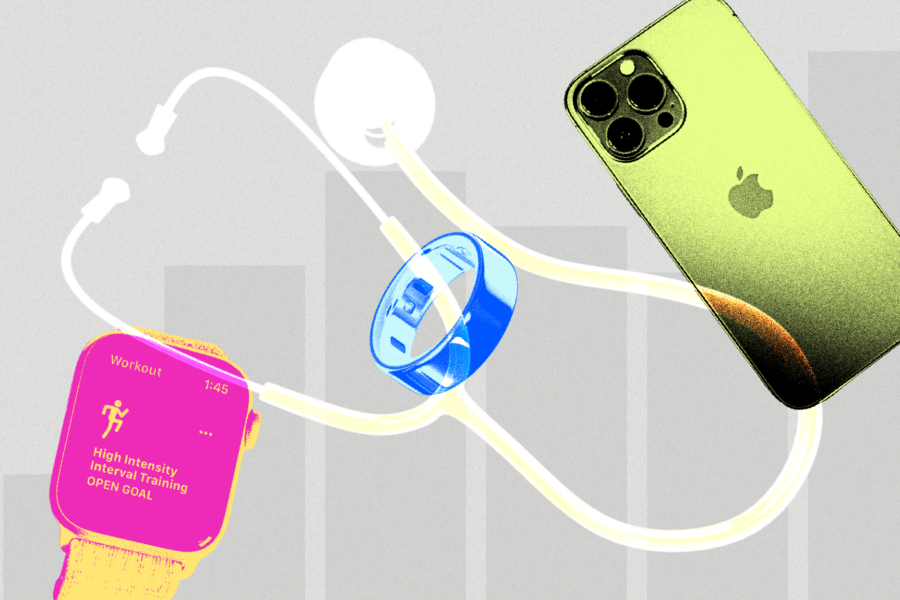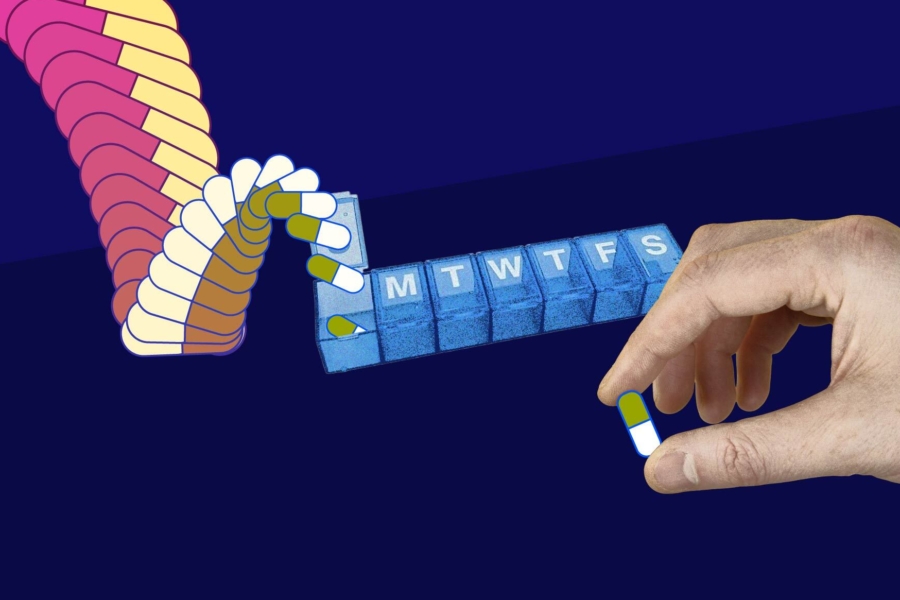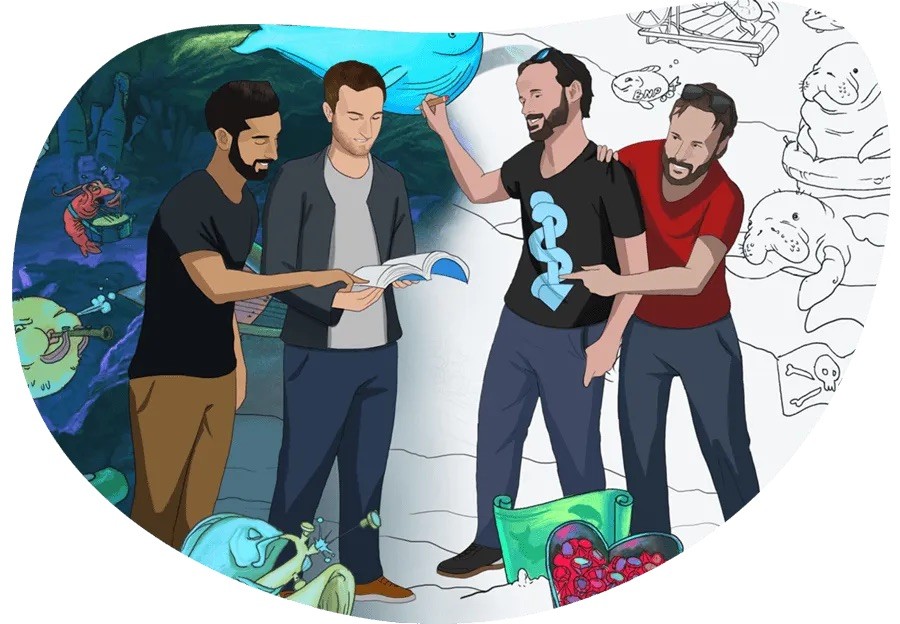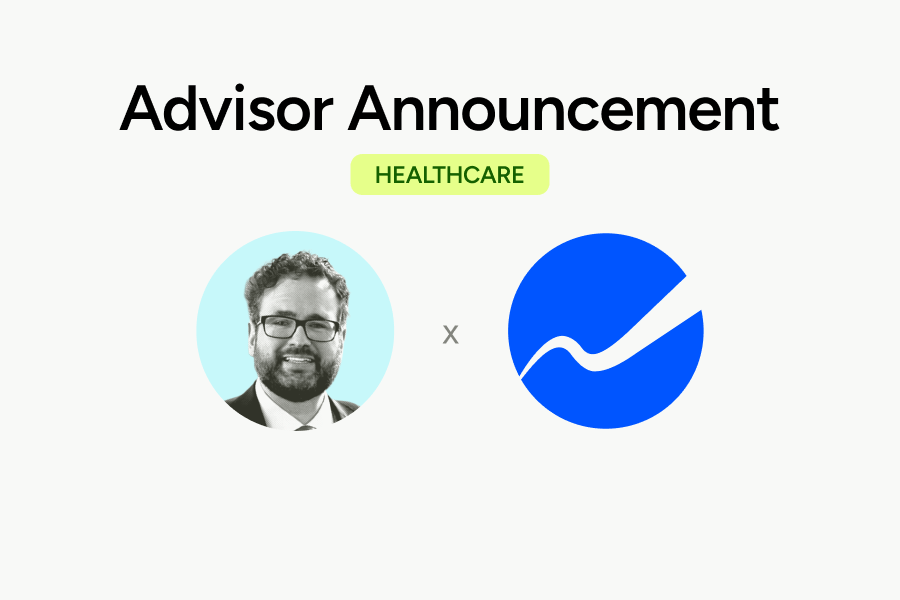The Future of Consumer-Centric Health Care: Where We’re Investing

Your smartwatch tracks your heart rate 24/7. Your phone counts every step. Your sleep app monitors your breathing patterns. Yet when you visit your doctor, none of this rich data makes it into your medical record.
The average American spends just one hour per year with their doctor — a mere snapshot of their health that misses the other 8,759 hours of their life. During these brief visits, doctors make critical decisions based on incomplete information. Just as concerning: healthcare providers already struggle with the clinical and claims data they have, with 97% of hospital-generated data going completely unused.
While that data lies fallow, consumers are generating billions of health data points. Smartwatch users wear their device 15.5 hours each day, and broader consumer wearables generate up to 5GB of raw data per person per day.
This disconnect isn’t just inefficient. It also presents one of health care’s largest untapped opportunities.
At Reach, we are excited to expand our healthcare portfolio, which already includes solutions addressing healthcare worker shortages (Stepful), mental health (Cartwheel), food health (FoodHealth Co), and cutting-edge AI technologies for radiology (Mecha) and clinics (Asha). We believe the vast trove of health data generated in the course of everyday life can dramatically improve consumer wellbeing and patient care. No longer should we rely on or wait for sporadic checkups to know how we are doing and take action to better our health.
Equipped with the right data and tools, we will be CEOs of our own health. The global consumer wellness market already hit $1.8 trillion in 2024, and there is a massive opportunity for companies that can turn this into reality. In the U.S. alone, the health and wellness market is projected to grow to over $3 trillion in the coming decade.
Setting the Stage
The growing consumerization of healthcare has put us in the driver’s seat of our own health. Ever since Fitbit’s launch in 2009, more and more people are actively tracking their wellbeing: 40% of Americans now wear a fitness wearable device, and 650 million Peloton workouts were completed in 2024.
There is also no shortage of information at our fingertips. The health influencer market, at $2.7 billion this year and growing 30% annually, is bringing wellness to the forefront of our attention. Content on every medical specialty from nutrition to neurology now appears on our social feeds, along with treatments, kits, and price comparison tools that make these services more accessible than ever.
Combining personal lifestyle and clinically-captured health data holds immense promise in shifting our health system from reactive to proactive and preventive care. It can enable personalized treatments based on how people actually live, not just what is reported at the clinic. It can help anticipate health outcomes and change behavior.
So why isn’t this already happening? We have too much data and little tooling to act on it. The main bottlenecks:
Data fragmentation: Beyond the 18 health apps on my phone, I juggle scattered notes and three doctor’s portals. Then there’s the daunting folder of printed records (and that inconveniently-sized COVID vaccination card.) Too often, managing personal health data feels like putting together a puzzle, except the pieces are mismatched. Critical information is scattered across apps, websites, paper records, and handwritten notes. The challenge only multiplies with children or the elderly.
Data fatigue: How many of us smartwatch users have turned off those pesky reminders to stand up hourly? Consumers are increasingly overwhelmed by the constant flood of health info. The average U.S. smartphone user receives 46 push notifications per day, many of which include health-related alerts. Studies show that notification overload from medical practices can increase missed appointments or unnecessary rescheduling.
Inactionable information: Only 10% of wearable users report that their physicians have used the data from these devices. A lack of interoperability leaves these valuable insights — heart rate, sleep patterns, glucose levels — trapped in silos. We have heard of Herculean efforts to bring personal health data to doctors: printing PDFs of months of Oura Ring sleep data to bring to one’s physician, and re-doing the same blood work with 5 different doctors.
Unlock the Trillion-Dollar Consumer Health Opportunity
We already have the data; what we need are smarter ways to connect the dots, interpret them, and empower patients and physicians to act. This is where AI comes in. Applied safely and securely, AI can bridge fragmented systems and applications, unlocking the full potential of everyday data sources to transform health outcomes at scale.
Here are the biggest opportunities we see:
1. Unified Health Identity
Consumers want clean, simple ownership and record of their health. There is a growing need for a centralized, patient-controlled health record that forms a longitudinal personal dataset so that people aren’t back at square one when they inevitably switch providers, insurance carriers, or jobs. Individuals should be able to securely access, manage, and share their complete medical and health history across providers and systems. We are looking for the next generation of companies like Picnic Health who paved the way.
Not only will this greatly reduce administrative load for patients, but it has the potential to power further innovations, including:
- Stronger pattern recognition and historical context in care, leading to earlier detection of disease.
- Real-time emergency care integration, enabling responders to access critical health information seamlessly.
- Lower switching costs, putting provider choice back in the hands of patients.
2. Care Activation Layer
Leveraging personal health data will require an intelligent technology layer that enhances care without burdening healthcare providers. There is immense potential for AI agents to integrate clinical, claims, and personal health data in ways that proactively surface relevant insights for clinical support while reducing administrative burdens.
Imagine a world in which embedded, on-demand care is available in any one of your consumer health apps. This will require plumbing: an interoperable API ecosystem, integrated payment and clinical systems, and secure data pathways into provider networks. What Stripe did to e-commerce, AI agents can do for healthcare. Companies like Felt, Oasys, Junction and Spike serve as the connective tissue. Bridging the gap between raw health data and actionable, patient-centered care will require stronger interoperability data standards and a commitment to the highest degree of privacy.
3. Hyper-Personalized Care
Radical transformations in health care are not far away: Personalized plans tailored to each patient’s unique needs. Precision medicine for targeted treatments based on genetic markers and reduces side effects. Therapy informed by past treatment histories and outcomes. In-home and adaptive care for complex conditions that previously required in-person visits.
The right AI-enabled health data infrastructure will enable new tools that flag early warning signs and recommend interventions. There are many companies working towards this and we are particularly excited about those bringing AI-powered personalization deeper into clinical workflows.
Whoever solves these bottlenecks will set the standard for consumer-centric health care in the decade ahead. The payoff is two-fold: dramatically better outcomes for patients and a massive market opportunity for healthcare startups. Moving health care from infrequent doctor visits to continuous, preventive health journeys will unlock a future where care is truly proactive, personalized, in the hands of patients — and drive transformative outcomes at scale.
If you are working on solutions that better leverage consumer and clinical health data, we’d love to hear from you! Reach out to caoimhe [at] reachcapital [dot] com.
You can also read about the nine healthcare trends we’re following closely, and our perspectives on solving the workforce shortage.








